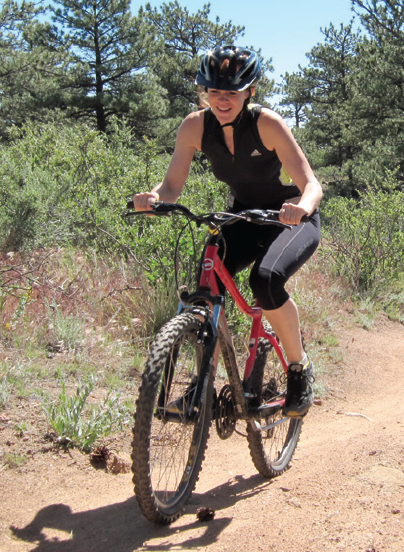
By Damon Leedale-Brown, Sports Scientist & Conditioning Specialist
For most players (professional and amateur) the competitive playing season will have recently come to an end. In the US most junior players are finished by mid-March at the Gold Nationals, or by the Bronze Nationals in late April. For competitive adult players the culmination of the season is normally around late April at the US Skill Level Championships.
So what happens at the end of the season? For most players this is the time for a much-needed break—mentally and physically—from the squash courts after an intensive competitive season. If their schedule permits the tour players will look to take at least two weeks of full recovery away from the courts and training, often combining their recovery into a vacation with friends/ family. Most junior players in the US will put down there rackets for up to two months as they focus on other spring sports at school.
Once the body and mind have recovered from the competitive season this is then a good time to consider cross-training activities. An important aspect of cross-training is to create a balance of activities that you feel will improve your abilities as a squash athlete, along with those activities that you get enjoyment from doing—in an ideal world these might be one and the same. Away from the court I enjoy trail running or mountain biking—both physically challenging and mentally stimulating activities which help me get physically stronger and mentally tougher for the squash court. Around my mountain biking and trail running I try and maintain balance and health in my body through functional strength training, combined with yoga and stretching/ mobility sessions.
So let’s consider some of the more common and accessible off-season training activities:
Running
There are a number of options—road, trail, track, treadmill. My first bit of advice would be that if you are not normally a runner then don’t go and hammer out 10 sets of 400’s on the track, or pound out 10 miles on the road and expect the body to be happy about it! I have seen players injured in the early phases of their off-season training as a result of running, typically brought on by the sudden repetitive overload stress of running too frequently and too far on the road, or hip and hamstring injuries sustained through aggressive track work with no real build up or progression. As with any form of training, increase your duration and frequency gradually, with no more than 3-4 running sessions a week to begin with.
I have a bias towards trail or off-road running because I would rather be running outside than in a gym at this time of year, and away from roads and traffic. Also, trail running offers a great training environment for squash players. The trails provide more variable terrain than the road, track or treadmill, which means that you are constantly making slight adjustments to stride length and force. To cope with more technical sections on a trail—with roots and rocks—you have to be light, quick and agile on your feet, and the ever-changing terrain means you have to maintain mental focus at all times. If you run on trails with pronounced gradient changes, the uphill sections provide a good local muscular endurance benefit, while the descents place more emphasis on your deceleration strength, balance and coordination. Without a doubt a challenging trail will provide much more of a strength-based workout for the legs and core than on the road, in addition to the cardiovascular and local muscular endurance benefits that are common with running.
Cycling
For cycling you also have options—road, trail (mountain biking) or indoor (spinning/ bike trainer). Again my preference is to be outside and I spend the majority of my bike time off-road mountain biking, but I also enjoy mixing in some road riding. Your options for cycling might be determined by your location and ease of access to off-road trails, or safe road cycling routes. If you are going to road or mountain bike then make sure you have a bike that fits you properly, and always wear a helmet! Some people like to ride as part of a group which adds a social element to their training, and also gives you safety in numbers as you are more visible as a group on the road.
If you do a significant amount of cycling as part of your off-season training, then the one bit of advice I would give is to make sure you stay on top of your hip mobility and core strength. On the road bike, particularly, you remain in a fairly fixed riding position for most of the time, and this position encourages a shortened range in the hip flexor muscles and the hamstrings. Also on the road bike you are seated most of the time so there is a limited challenge to your core strength, and it is easy to end up slouching on the bike if you are not conscious of your posture and form. Mountain biking presents a slightly different stimulus especially with more technical terrain, as a proficient biker will constantly be adjusting their riding position, coming out of their saddle regularly, and feeling more of a challenge to upper body and core strength in addition to the training effect for the legs.
Other Sports
Many junior players will be involved in other sports during the off-season and, depending on the level they are competing and training at, these sports can provide a good general conditioning stimulus and often some movement skills carryover to the squash court. Such sports could include Lacrosse, Track, Tennis, Soccer, and Field Hockey.





